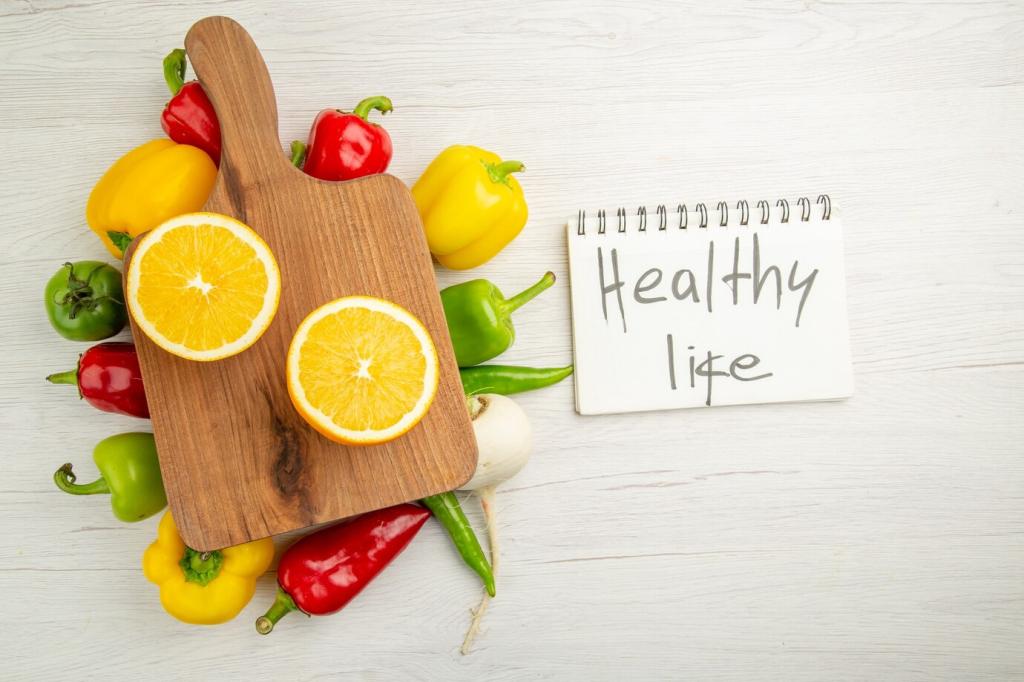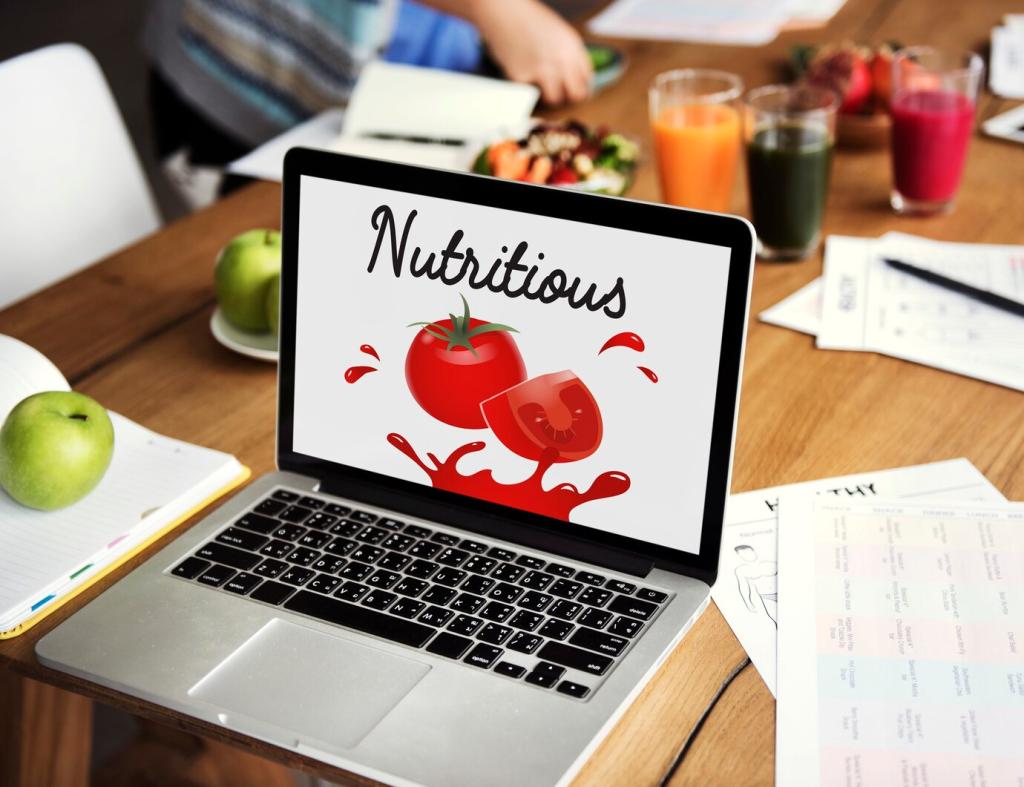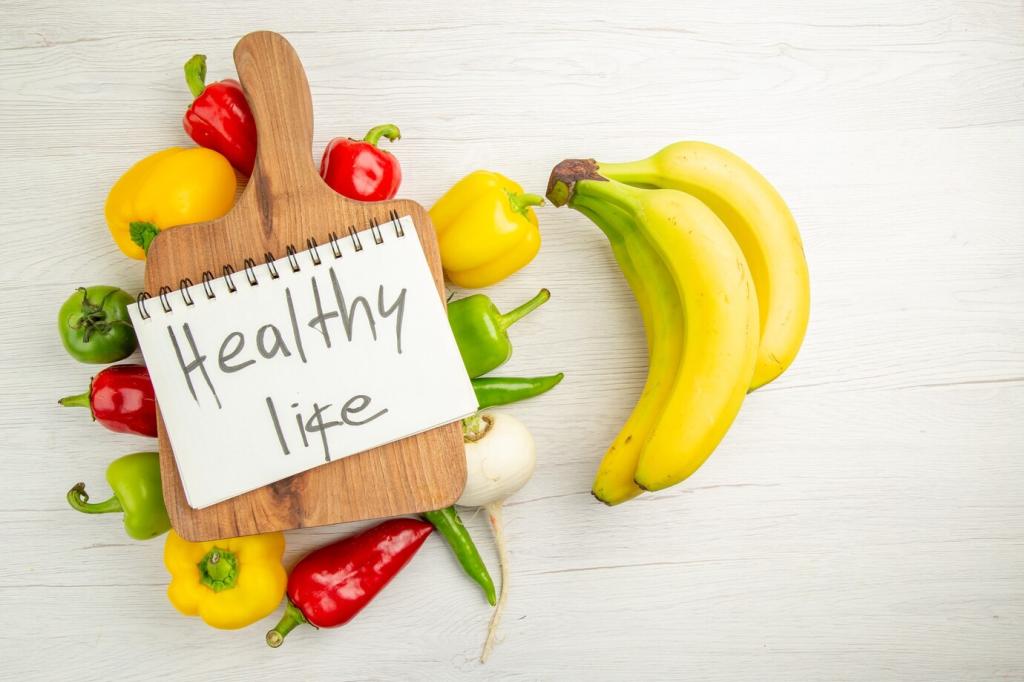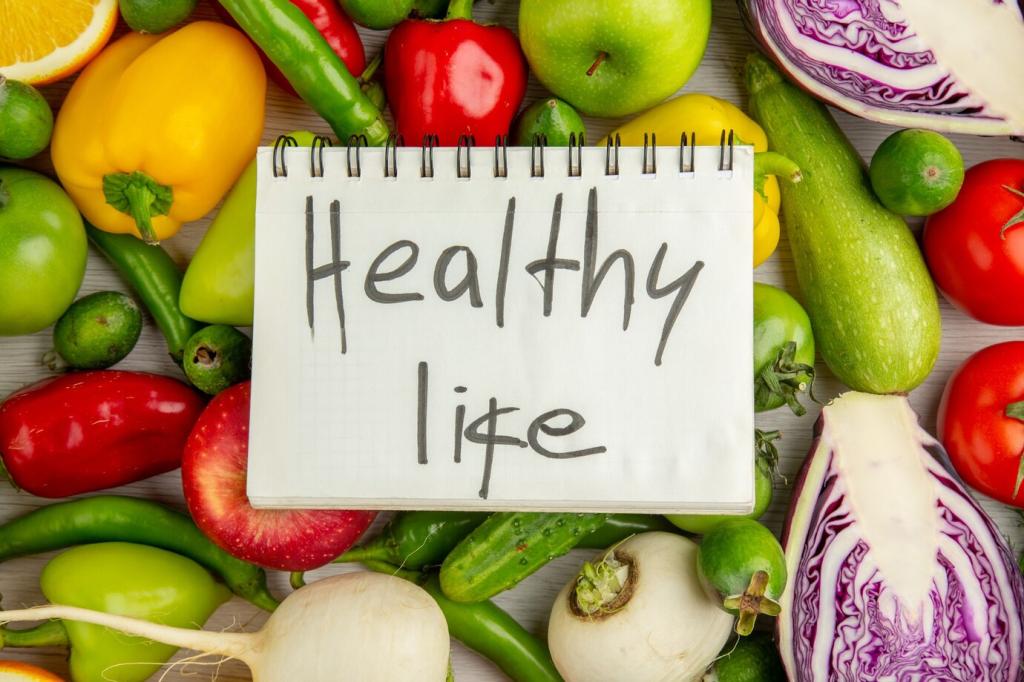Beginner Nutrition Myths, Debunked
Carbohydrates vary widely. Whole grains, beans, fruits, and starchy veggies provide fiber, vitamins, and steady energy. Pair them with protein and fat for balance. Notice how different carbs make you feel, then choose what supports your day.
Beginner Nutrition Myths, Debunked
Your liver and kidneys already detox beautifully. Instead of restriction, support them with hydration, fiber, sleep, and balanced meals. If a plan sounds extreme, it probably is. Share a myth you’ve heard; we’ll unpack it together.






